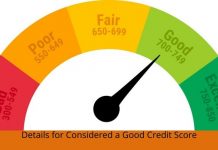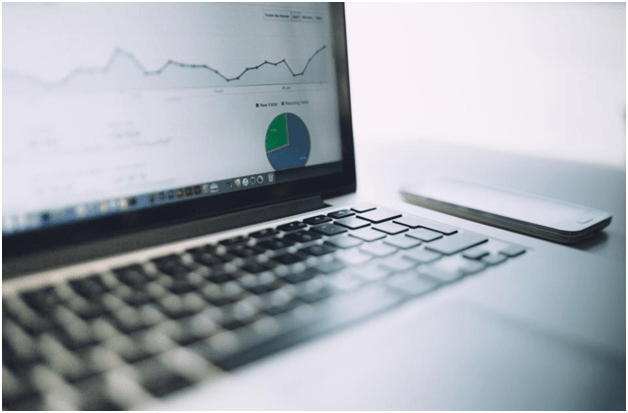Learn how to use the credit card debt calculator to pay off your debts efficiently. Explore strategies, consolidation methods, and the impact of credit card debt on your credit score. Take control of your financial future today.
You may improve your financial situation and save money on interest by paying off your credit card debt. The credit card debt calculator can help you determine the total amount of time and interest required to pay off your credit card debt, regardless of the number of cards you have.
How to Use Credit Card Debt Calculator
Include the present balance, APR, and monthly payment information for all of your credit cards. The third field will display a projected minimum payment based on the balance and APR; however, you have the option to modify it according to your actual payment amount. Several factors will be displayed when you click the Calculate button that can help you plan how to pay off your debt:
- When will you have paid off all of your debts?
- How much interest will you have to pay in total for the number of payments?
- The sum payable, comprising principal plus interest
Additionally, you can view the breakdown of each payment’s allocation to principal and interest by clicking on the Payment Schedule tab. Keep in mind that the calculator supports adding numerous credit cards. To further illustrate the time and money you would save, you can input various payment amounts while you outline your plan to pay off credit card debt.
Strategies for Eliminating Credit Card Debt
A number of alternatives exist for settling credit card debt, and which one you choose will depend on your individual circumstances. Two methods exist: the debt snowball and the debt avalanche, which you might employ in the absence of a strategy to combine your credit card debt.
Paying the minimum on all of your credit cards, apart from the one with the lowest balance, is the first step in the debt snowball strategy. Put all of your excess cash toward paying off the card each month. After you pay off one card, you should add the amount you were paying each month toward the next lowest balance on top of the minimum payment and apply it to the card with the lowest balance. You’ll keep doing that until you pay off all of your debts.
In the debt avalanche strategy, you prioritize paying off the cards with the highest interest rates rather than the ones with the greatest balances.
Both approaches have their merits; pick the one that works best for you according to your needs and tastes. For example, the debt snowball strategy ensures that you pay off fewer bills initially, which might provide you the wins that motivate you to keep going. The debt avalanche strategy may help you save more money in the long run if you prioritize paying off higher interest rates initially. But, the savings might not be significantly greater than what you would get with the debt snowball method, depending on the composition of your credit card debt.
What is the Process of Consolidating Credit Card Debt?
Consolidating your debts into one manageable loan could help you pay it off more quickly and save money if your credit is good. To consolidate credit card debt, one borrows a new, ideally more favorable, credit card or personal loan to pay off the old one. Each debt consolidation program is explained in detail below:
One way to consolidate debt is with a balance transfer credit card, which allows you to move the balance from another card to another. During the promotional period, you can pay off your debt without paying interest, thanks to the introductory 0% APR incentive offered by many balance transfer cards. The potential interest savings may outweigh the up-front fees (up to 5% of the transfer value) charged by certain of these cards.
Debt consolidation is only one of many possible uses for personal loans. Interest rates for personal loans are typically lower than those on credit cards; in fact, borrowers with very good credit may be eligible for rates in the single digits. The fixed repayment terms offered by personal loans are an advantage over those that simply require a minimum payment. Keep in mind that no matter what you do, you should never put extra strain on your already-troubled finances by charging more than you have paid off.
What effect does credit card debt have on your credit score?
One measure of your debt management skills is your credit utilization rate, which is the proportion of your available credit that you’re really using. Consequently, it’s a big contributor to your credit score. It may be very detrimental to your credit score if you’re getting close to your credit limits. Paying off credit card debt is a great way to boost your credit and financial situation. If you want to see how far you’ve come in paying off your debt, check your credit score often. If you do this regularly, you may be able to find further problems with your credit report that need fixing so that you can raise your score.
Conclusion
If you struggle to handle many credit cards, get rid of the ones you rarely use, especially if they include annual fees. The average person doesn’t need three rewards cards with similar perks. Spending on each card should be tailored to its rewards. All expenditures can be put on one card otherwise.










































